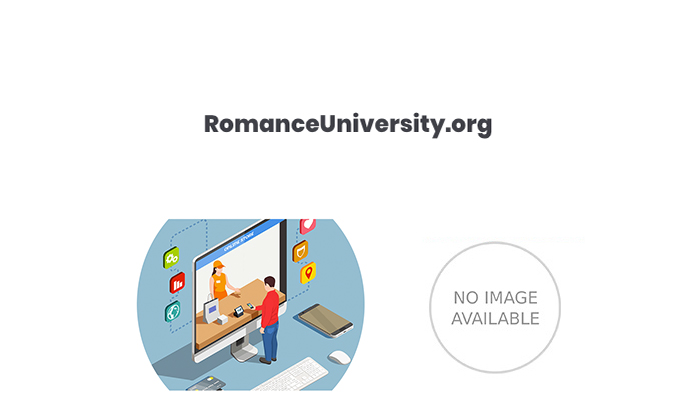The Best the developing child textbook of 2023 – Reviewed and Top Rated
After hours researching and comparing all models on the market, we find out the Best the developing child textbook of 2023. Check our ranking below.
2,753 Reviews Scanned
- Used Book in Good Condition
- Hardcover Book
- Bee, Helen (Author)
- English (Publication Language)
- 592 Pages - 12/22/2011 (Publication Date) - Pearson (Publisher)
- Hardcover Book
- McGraw-Hill Education (Author)
- English (Publication Language)
- 768 Pages - 12/09/2008 (Publication Date) - McGraw-Hill Education (Publisher)
- Hardcover Book
- Bee, Helen (Author)
- English (Publication Language)
- 544 Pages - 05/15/2009 (Publication Date) - Allyn & Bacon (Publisher)
- Levine, Laura E. (Author)
- English (Publication Language)
- 680 Pages - 01/22/2021 (Publication Date) - SAGE Publications, Inc (Publisher)
- Charlesworth, Rosalind (Author)
- English (Publication Language)
- 560 Pages - 01/01/2016 (Publication Date) - Cengage Learning (Publisher)
Last update on 2025-07-06 / Affiliate links / Product Titles, Images, Descriptions from Amazon Product Advertising API
How Do You Buy The Best the developing child textbook?
Do you get stressed out thinking about shopping for a great the developing child textbook? Do doubts keep creeping into your mind? We understand, because we’ve already gone through the whole process of researching the developing child textbook, which is why we have assembled a comprehensive list of the greatest the developing child textbook available in the current market. We’ve also come up with a list of questions that you probably have yourself.
We’ve done the best we can with our thoughts and recommendations, but it’s still crucial that you do thorough research on your own for the developing child textbook that you consider buying. Your questions might include the following:
- Is it worth buying an the developing child textbook?
- What benefits are there with buying an the developing child textbook?
- What factors deserve consideration when shopping for an effective the developing child textbook?
- Why is it crucial to invest in any the developing child textbook, much less the best one?
- Which the developing child textbook are good in the current market?
- Where can you find information like this about the developing child textbook?
We’re convinced that you likely have far more questions than just these regarding the developing child textbook, and the only real way to satisfy your need for knowledge is to get information from as many reputable online sources as you possibly can.
Potential sources can include buying guides for the developing child textbook, rating websites, word-of-mouth testimonials, online forums, and product reviews. Thorough and mindful research is crucial to making sure you get your hands on the best-possible the developing child textbook. Make sure that you are only using trustworthy and credible websites and sources.
We provide an the developing child textbook buying guide, and the information is totally objective and authentic. We employ both AI and big data in proofreading the collected information. How did we create this buying guide? We did it using a custom-created selection of algorithms that lets us manifest a top-10 list of the best available the developing child textbook currently available on the market.
This technology we use to assemble our list depends on a variety of factors, including but not limited to the following:
- Brand Value: Every brand of the developing child textbook has a value all its own. Most brands offer some sort of unique selling proposition that’s supposed to bring something different to the table than their competitors.
- Features: What bells and whistles matter for an the developing child textbook?
- Specifications: How powerful they are can be measured.
- Product Value: This simply is how much bang for the buck you get from your the developing child textbook.
- Customer Ratings: Number ratings grade the developing child textbook objectively.
- Customer Reviews: Closely related to ratings, these paragraphs give you first-hand and detailed information from real-world users about their the developing child textbook.
- Product Quality: You don’t always get what you pay for with an the developing child textbook, sometimes less, and sometimes more.
- Product Reliability: How sturdy and durable an the developing child textbook is should be an indication of how long it will work out for you.
We always remember that maintaining the developing child textbook information to stay current is a top priority, which is why we are constantly updating our websites. Learn more about us using online sources.
If you think that anything we present here regarding the developing child textbook is irrelevant, incorrect, misleading, or erroneous, then please let us know promptly! We’re here for you all the time. Contact us here. Or You can read more about us to see our vision.
FAQ:
Q: What is the development stage of a 3 year old?
A: Development of a Three Year Old. According to Piaget , the three-year-old is in the preoperational stage of development. One main characteristic of a three-year-old is their egocentric, or self-centered, thinking.
Q: How do young children develop and grow?
A: Babies (birth to 1 year old) What to Expect. Babies grow and change dramatically during their first year. They begin to: Develop some control over their bodies. They learn to hold up their heads, roll over, sit up, crawl, stand up and, in some cases, walk.
Q: What are the stages of infant development?
A: Piaget , who had a strong biological background, proposed four stages of development: sensorimotor, preoperational, concrete operational, and formal operational. According to Piaget, During the sensorimotor stage (birth to age 2) infants develop their ability to coordinate motor actions with sensory activity.
Q: How do preschoolers develop and learn?
A: Preschoolers learn from their play. They are busy developing skills, using language, and struggling to gain inner control. Preschoolers want to establish themselves as separate from their parents. They are more independent than toddlers. They can express their needs since they have greater command of language.





